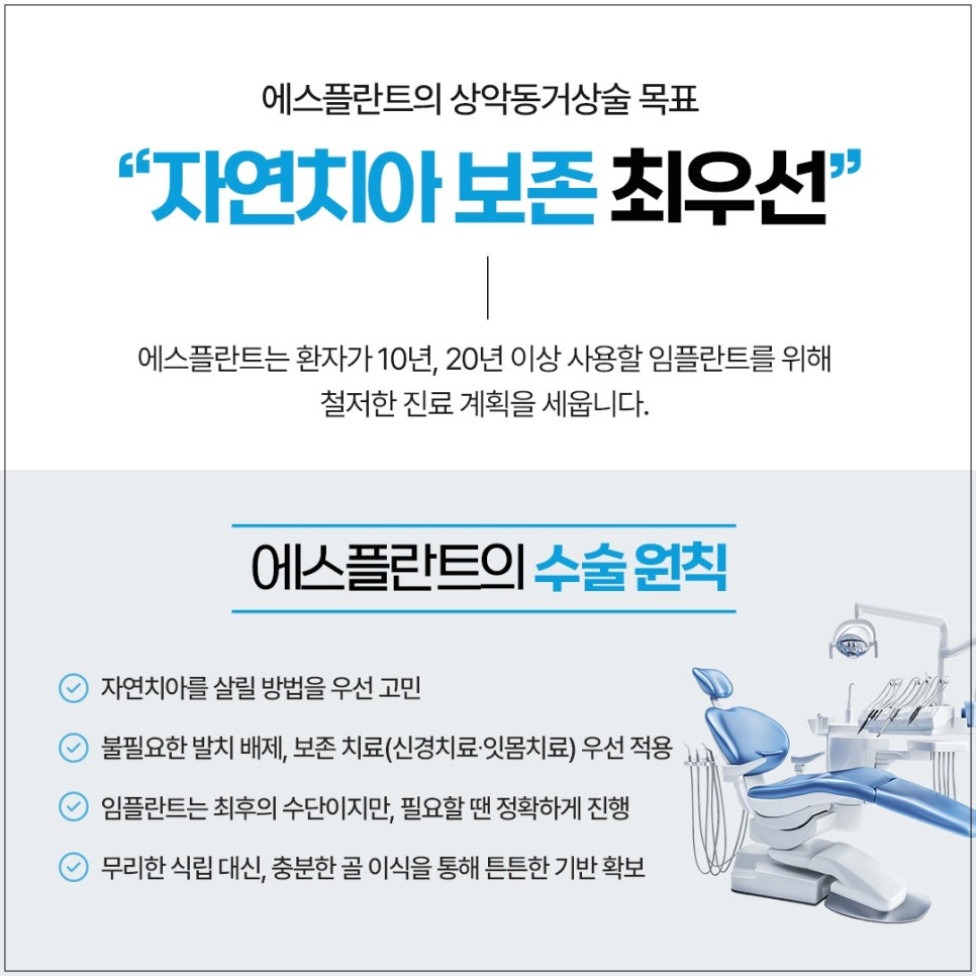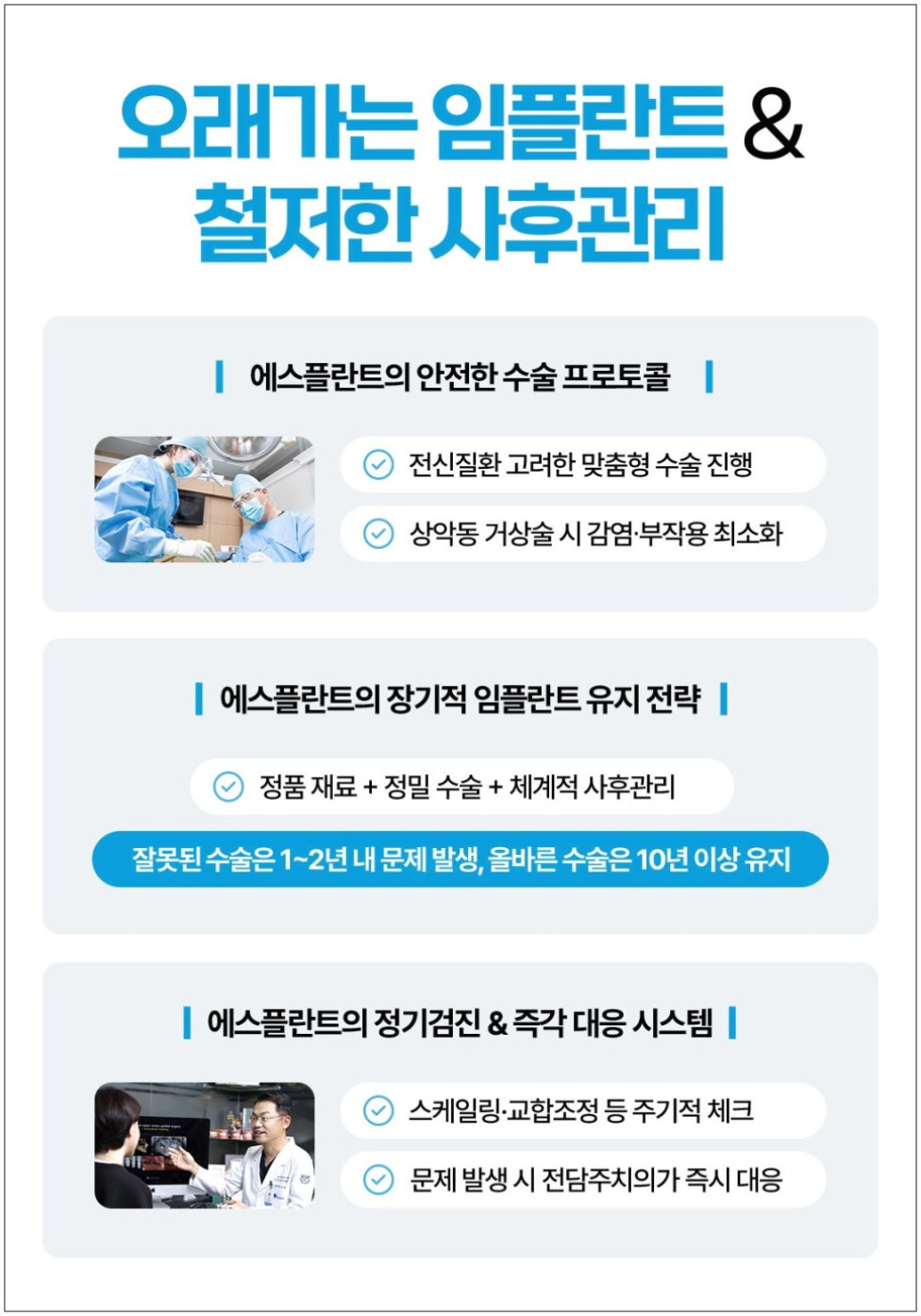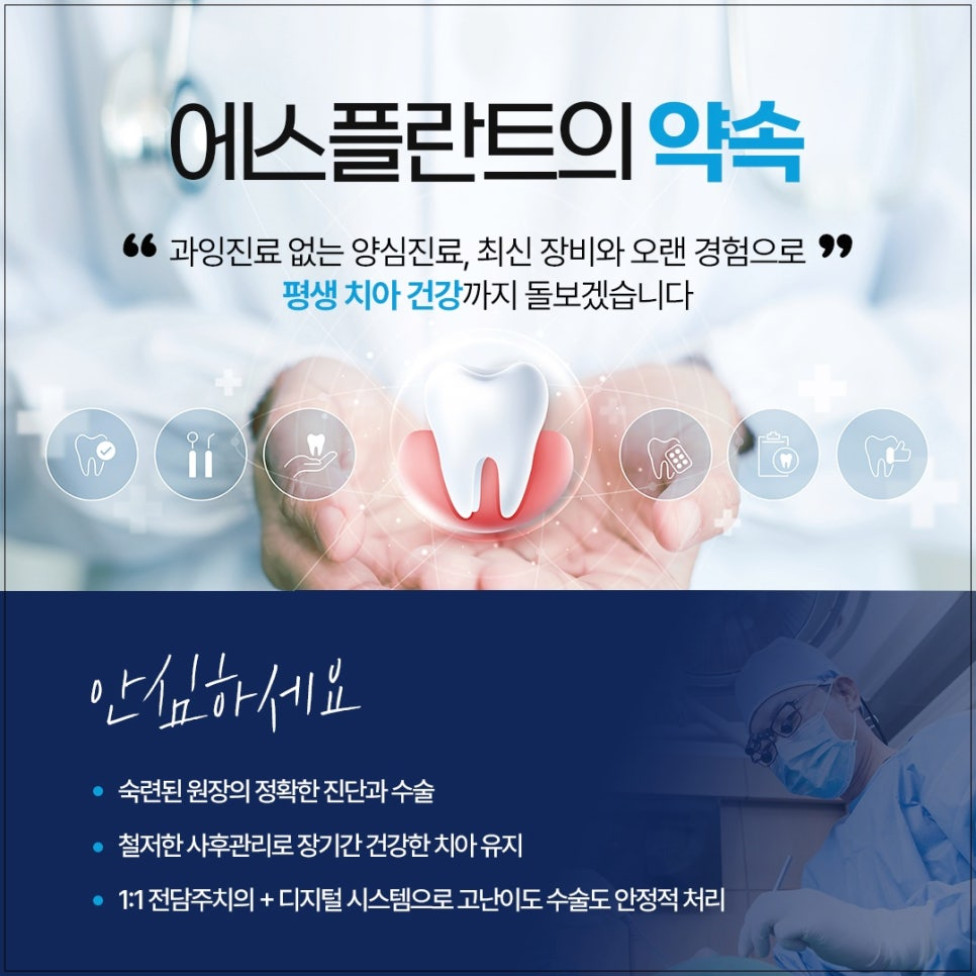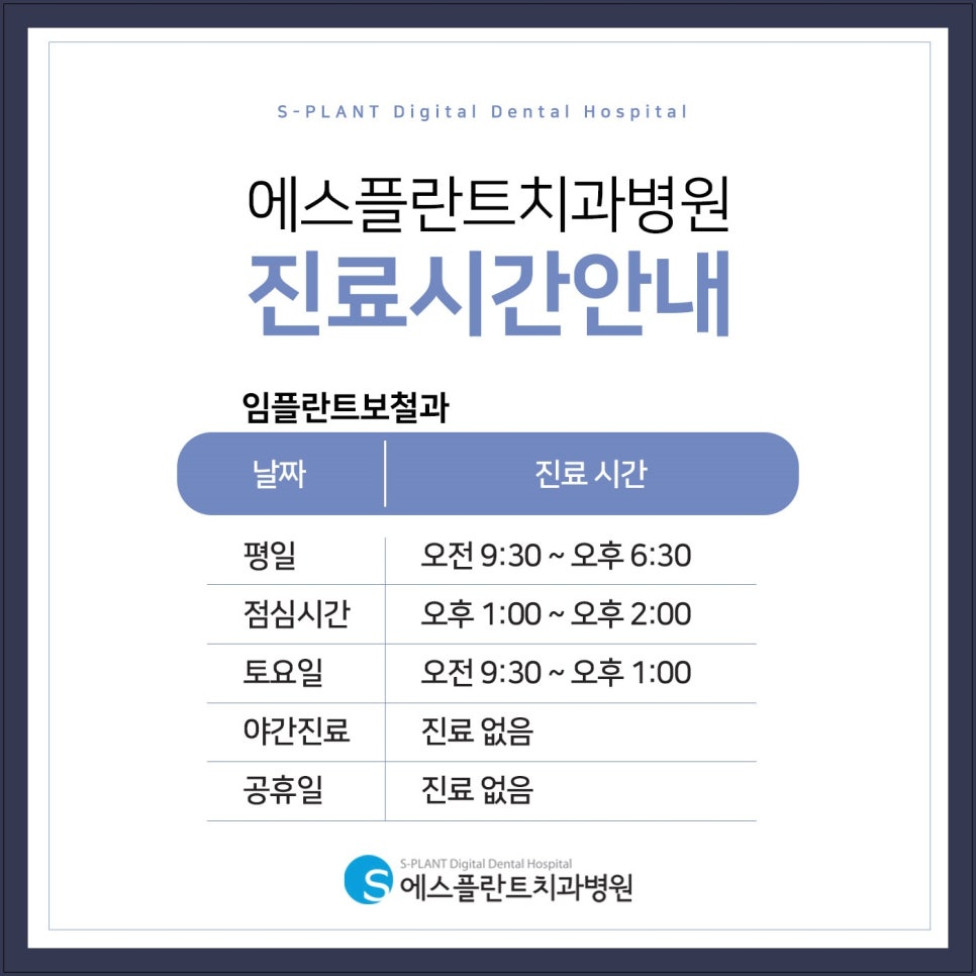Sinus Lift Perforation and Implant Complications: Causes, Symptoms, and Management

To place dental implants, sufficient thickness and height of the jawbone are essential. However, in the upper molar region, the maxillary sinus, an anatomically empty space, often presents a challenge. If the bone is thin, immediate implant placement can be difficult.
In such cases, a sinus lift procedure is performed to elevate the sinus membrane and fill the space underneath with artificial bone, increasing the height of the jawbone. However, the sinus membrane is delicate and can be easily damaged by even slight pressure during the procedure, leading to a sinus lift perforation.
A sinus lift perforation primarily occurs when placing implants in the upper molar area. The maxillary sinus is a hollow space located next to the nose and above the alveolar bone.
When teeth have been missing for a long time, the jawbone can resorb, and the sinus descends, reducing the bone height available to support implants. In these situations, the sinus membrane must be carefully lifted, and artificial bone grafted to increase the height.
This procedure requires meticulous technique, and the water pressure and instruments must be carefully controlled to prevent micro-perforations. Sinus lift perforations can easily occur if the sinus membrane is thin or weak.
Therefore, a CT scan should be performed before the procedure to accurately assess the sinus shape, membrane thickness, and blood vessel distribution. This pre-operative analysis can help minimize the risk of perforation. While perforation is a common potential issue, early detection and appropriate management can prevent significant complications.
Sinus lift perforations can result from various factors. First, perforations are more likely to occur if the sinus membrane is naturally thin or weakened by inflammation.
Second, excessive pressure during instrument use can tear the membrane. In particular, if the inner wall of the sinus is irregular or the bone is dense, the instrument tip can push against the membrane and cause damage.
Third, patients with a history of sinusitis or previous sinus surgery are at higher risk of membrane damage due to adhesions. Fourth, excessive bleeding or poor visibility during the procedure can make it difficult to clearly assess the membrane condition, increasing the likelihood of perforation.
When a sinus lift perforation occurs, immediate measures are necessary to cover the damaged area with an artificial membrane or collagen membrane. This prevents artificial bone from leaking into the sinus cavity.
With proper treatment, the membrane can heal naturally. However, if the perforation is left untreated, it can lead to sinusitis or infection.
Symptoms of a sinus lift perforation may include slight nosebleeds or nasal congestion immediately after the procedure. Some patients may feel air leaking through their nose or experience pressure in their nose when drinking water.
This is because the sinus and nose are temporarily connected. Additionally, the face around the surgical site may swell, and some pain may persist. However, most perforations are minor and can heal without significant problems if properly sealed.
The main concern arises when infection occurs. If bacteria enter the sinus cavity, it can lead to pus formation, facial pain, headache, and nasal congestion.
In these cases, antibiotic treatment and sinus irrigation are necessary. If the perforation is severe or recurrent, it is best to postpone implant placement temporarily and proceed with the procedure after the sinus membrane has fully healed. Early intervention is crucial for a favorable prognosis.
After a sinus lift perforation, the recovery process must be carefully managed. Avoid forcefully blowing your nose or suppressing sneezes.
These actions can suddenly increase pressure inside the sinus and risk re-injuring the membrane. Refrain from bending over or lifting heavy objects until the surgical site has fully healed. Slight bleeding from the nose is normal, but seek immediate medical attention if the bleeding is heavy or persistent.
Avoid very hot or spicy foods and consume soft foods. Smoking can impede blood flow to the sinus membrane and delay healing, so refrain from smoking for at least two weeks.
Adequate hydration and maintaining indoor humidity can aid membrane healing. Elevating your head slightly while sleeping can help reduce sinus swelling.
Regular check-ups are necessary to monitor the condition of the sinus and ensure that the artificial bone is properly integrated. If there is no inflammation and the membrane has regenerated normally, implant placement can proceed after a certain period.
Sinus lift perforation is a minor injury that occurs in a sensitive area, but early detection and appropriate management can prevent it from significantly affecting implant success rates. If you experience a foreign body sensation in your nose or gums or have recurrent nosebleeds after surgery, seek immediate medical attention.
Because the nose and sinus are closely connected, it is important not to ignore even minor changes. Proper management in daily life and regular check-ups are essential.


















Source :https://blog.naver.com/snjht21/224047222090
No comments yet.
